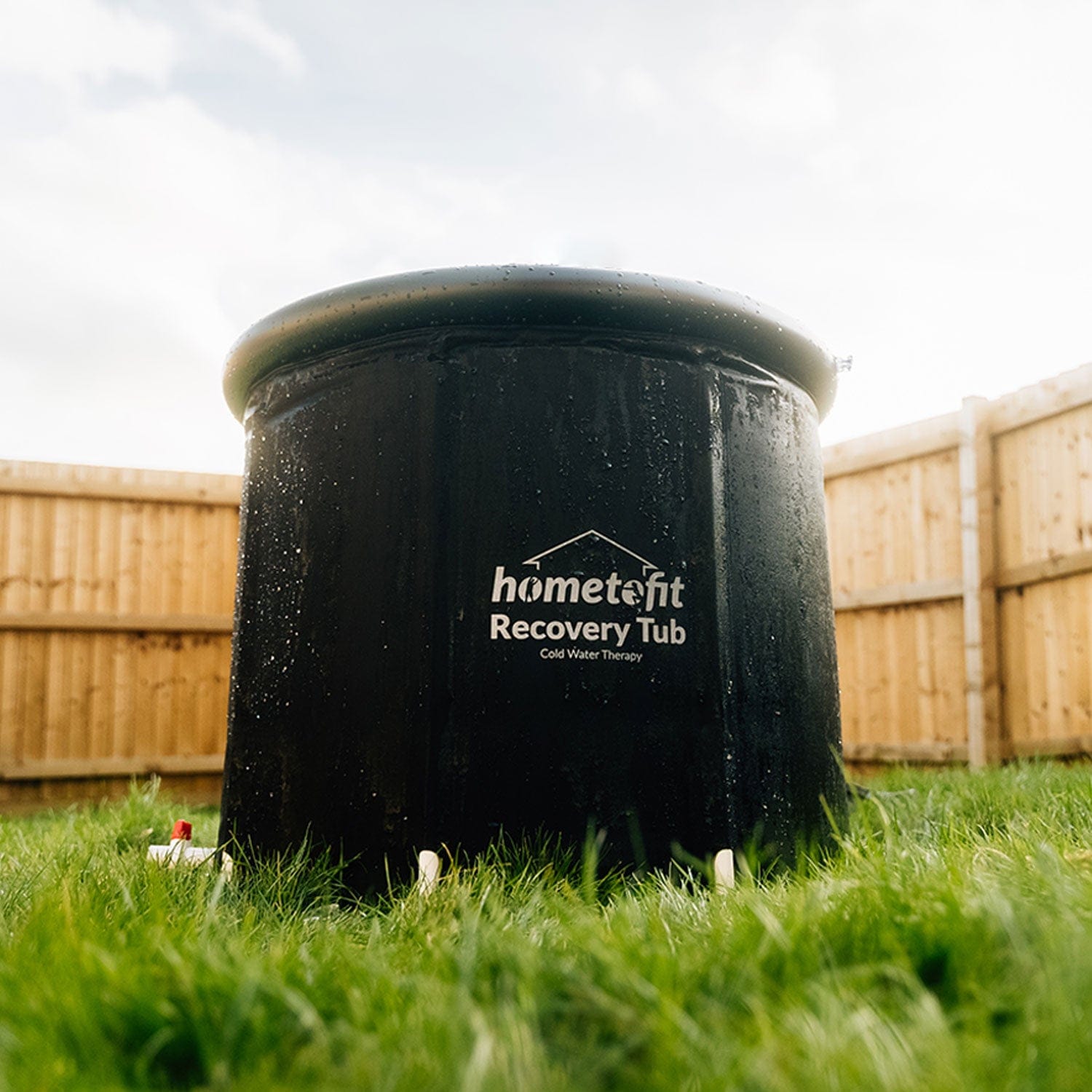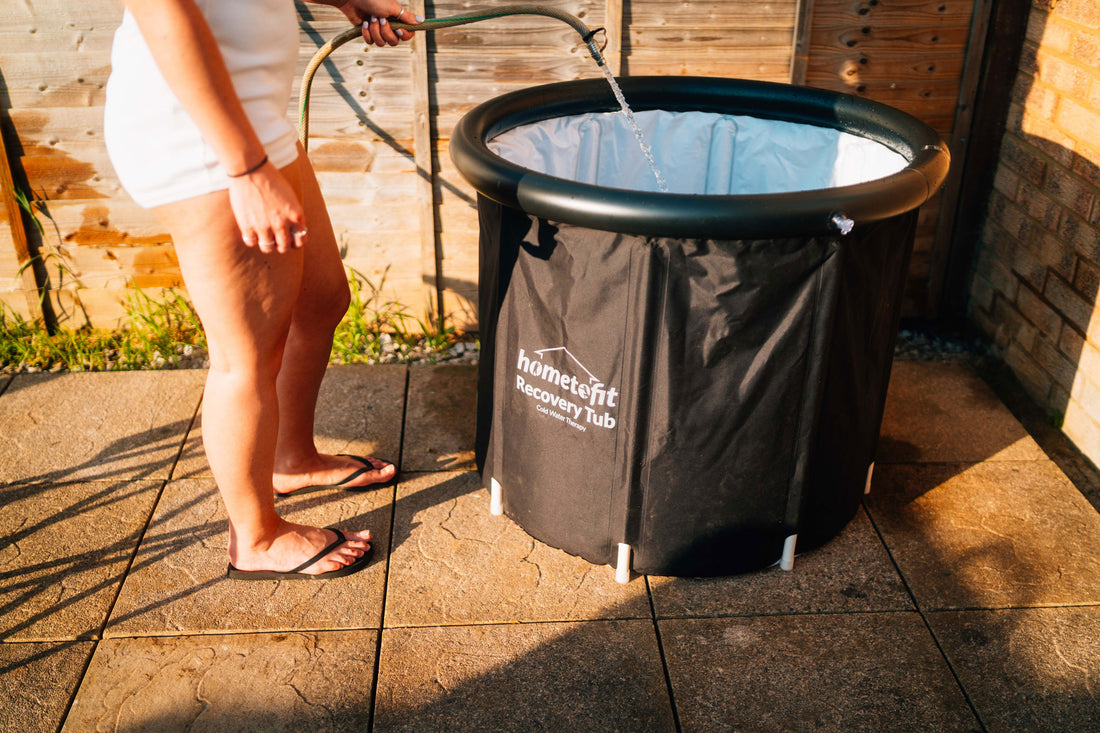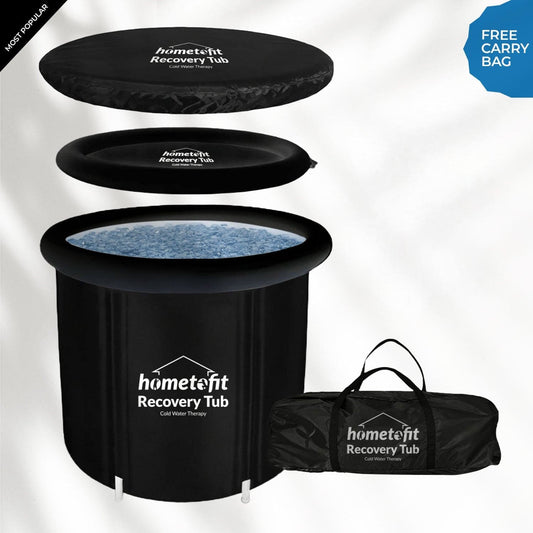Introduction: What are Ice Baths?
Ice baths, also known as cold water immersion or cryotherapy, involve submerging the body in icy cold water for a short period. This practice has gained popularity in various fields, including sports, fitness, and wellness. Advocates believe that ice baths offer numerous benefits for recovery, performance enhancement, and overall well-being. Understanding the science behind ice baths can shed light on their effectiveness and guide individuals interested in incorporating them into their routines.
The Physiology of Ice Baths
Cold Exposure and Blood Vessels
When exposed to cold temperatures, the body's blood vessels constrict through a process called vasoconstriction. This constriction helps redirect blood flow to vital organs and keep the core temperature stable. Ice baths induce vasoconstriction, limiting blood flow to the muscles and skin.
Impact on Heart Rate
Ice baths can lower heart rate due to the body's response to cold temperatures. The decrease in heart rate helps conserve energy and reduces the strain on the cardiovascular system. However, prolonged exposure to extreme cold can lead to an increase in heart rate, as the body attempts to generate more heat.
Metabolic Effects
Cold exposure through ice baths stimulates the production of brown adipose tissue (BAT), commonly known as "brown fat." Unlike white fat, which stores energy, brown fat generates heat. Activation of brown fat can increase metabolism, potentially aiding in weight management.
Benefits of Ice Baths
Reducing Inflammation and Muscle Soreness
Ice baths have been utilised to alleviate inflammation and muscle soreness. The cold temperature helps reduce swelling by constricting blood vessels and limiting the release of inflammatory substances. Additionally, ice baths may dull pain sensations, offering temporary relief from muscle soreness.
Enhancing Recovery and Performance
Ice baths are believed to enhance the recovery process by reducing the duration of muscle damage and promoting muscle repair. The constriction of blood vessels during cold water immersion helps remove waste products, such as lactic acid, more efficiently. This facilitates the delivery of oxygen and nutrients to the muscles, expediting the recovery process and potentially improving performance.
Improving Mental Well-being
The exposure to cold water during ice baths triggers the release of endorphins and activates the sympathetic nervous system. This can result in a feeling of invigoration, heightened mood, and reduced stress levels. Ice baths may also improve sleep quality and help alleviate symptoms of depression and anxiety.
Ice Bath Techniques and Precautions
Duration and Temperature
The recommended duration for an ice bath session is typically between 10 to 15 minutes. The temperature of the water should range from 50 to 59 degrees Fahrenheit (10 to 15 degrees Celsius). However, individuals should gradually adapt to colder temperatures and shorter durations to avoid adverse reactions.
Gradual Adaptation
For individuals new to ice baths, it is crucial to start with shorter durations and slightly higher temperatures. Gradually increasing exposure time and decreasing the water temperature allows the body to acclimate and minimises the risk of cold-related injuries.
Contraindications and Safety Measures
Ice baths may not be suitable for everyone. Individuals with cardiovascular conditions, Raynaud's disease, or cold allergies should consult with a healthcare professional before attempting ice baths. Pregnant women and those with open wounds or infections should also avoid cold water immersion. Safety measures include keeping extremities warm during the bath and having a supervisor present, especially for longer sessions.
Ice Baths vs. Alternatives
Cold Showers
Cold showers offer a similar cold exposure experience but are less intense than ice baths. They can still provide some benefits, such as improved circulation, increased alertness, and a temporary mood boost. However, the extent of benefits may be more pronounced with ice baths due to the greater temperature difference and full-body immersion.
Cryotherapy
Cryotherapy involves exposing the body to extremely cold temperatures in a specialised chamber or using targeted localised applications. While ice baths offer a more accessible and affordable option, cryotherapy can provide a more controlled and efficient cold exposure experience. Both methods have shown positive effects, but cryotherapy tends to be favoured by individuals seeking precise temperature control and shorter sessions.
Ice Baths in Sports and Athletics
Professional Athletes and Ice Baths
Ice baths have become a common practice among professional athletes as a recovery and performance enhancement strategy. Many athletes use ice baths post-training or competition to help reduce muscle soreness, minimise inflammation, and facilitate faster recovery. The invigorating effect of ice baths can also help athletes mentally prepare for intense physical exertion.
Ice Baths in Training and Rehabilitation
Ice baths are not limited to elite athletes; they have found their way into various training and rehabilitation programs. Fitness enthusiasts, weekend warriors, and individuals recovering from injuries may incorporate ice baths to support their recovery, manage inflammation, and optimise training outcomes.
Ice Baths and Cold Water Immersion Studies
Scientific Research and Findings
Scientific studies have explored the effects of ice baths and cold water immersion on various physiological parameters. Research suggests that ice baths can be effective in reducing markers of inflammation, muscle damage, and perceived soreness. They may also improve subjective measures of recovery and short-term performance.
Evidence-Based Recommendations
Based on current research, evidence supports the use of ice baths as a viable strategy for recovery and performance enhancement. However, individual responses may vary, and it is important to consider personal comfort levels and any underlying medical conditions. Consulting with a healthcare professional or sports science expert can help develop a tailored ice bath protocol.
Conclusion
Ice baths, or cold water immersion, offer a range of potential benefits for recovery, performance enhancement, and mental well-being. The science behind ice baths highlights their physiological effects, including vasoconstriction, reduced inflammation, and increased metabolism. While ice baths can be a valuable tool, it is essential to practice them safely, gradually adapt to colder temperatures, and consider individual circumstances and contraindications. Incorporating ice baths into training regimens or recovery routines may support overall well-being and aid in achieving optimal physical performance.
FAQs
-
Are ice baths effective for reducing muscle soreness? Ice baths have shown effectiveness in reducing muscle soreness by limiting inflammation and improving recovery processes.
-
How long should an ice bath last? The recommended duration for an ice bath session is typically between 10 to 15 minutes, but it's important to gradually adapt to longer durations.
-
Can anyone take ice baths, or are there contraindications? Ice baths may not be suitable for individuals with certain cardiovascular conditions, cold allergies, or open wounds. Consult with a healthcare professional before attempting ice baths.
-
Are cold showers as beneficial as ice baths? While cold showers offer some benefits, ice baths provide a more intense and comprehensive cold exposure experience, potentially yielding greater results.
-
What other benefits do ice baths offer besides physical recovery? Ice baths can improve mental well-being by increasing endorphin release, reducing stress levels, and potentially alleviating symptoms of depression and anxiety.





